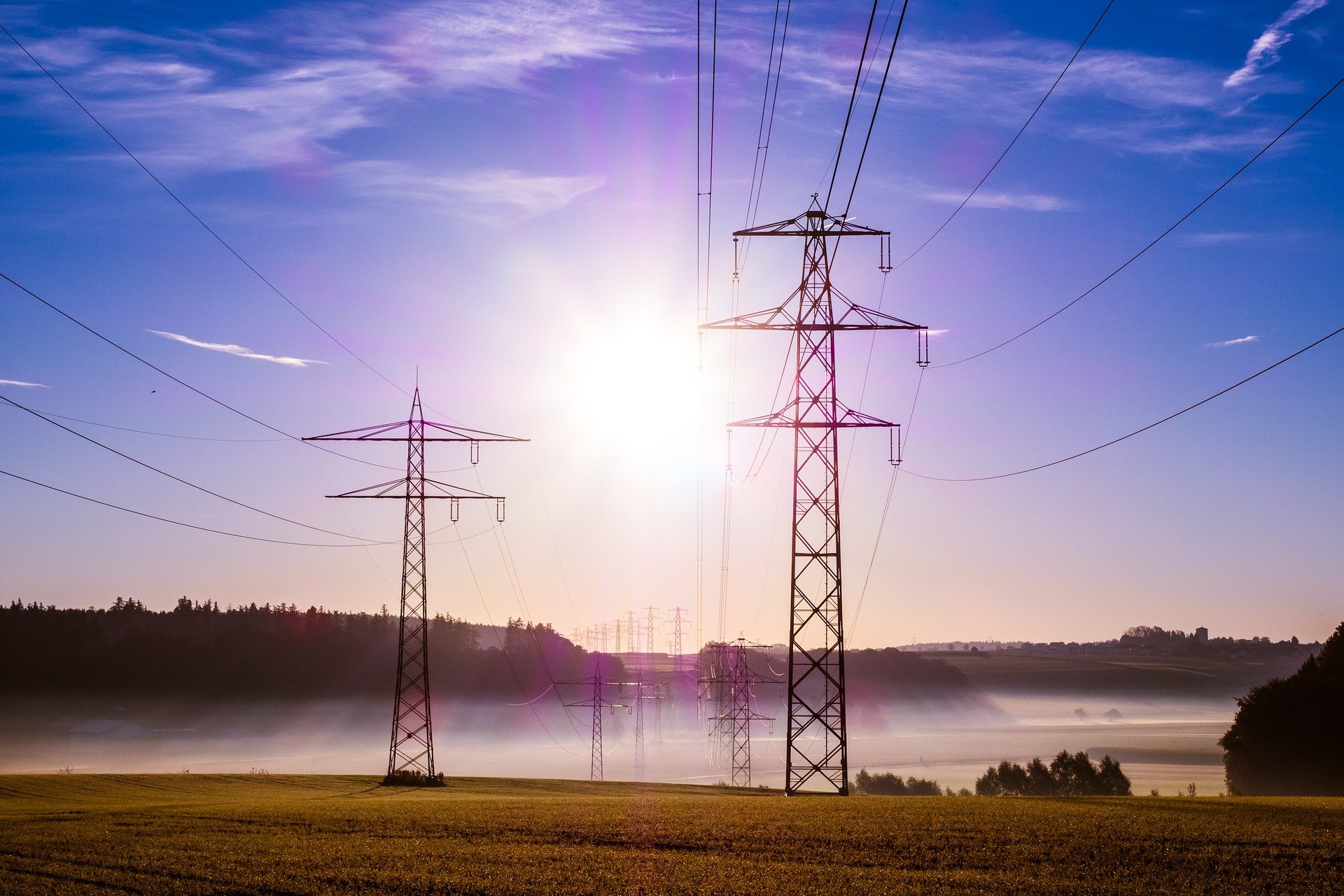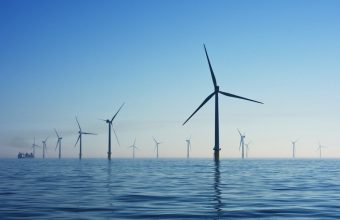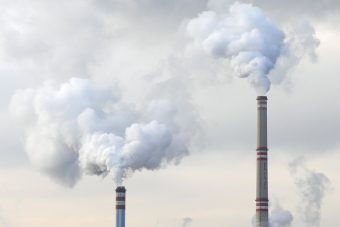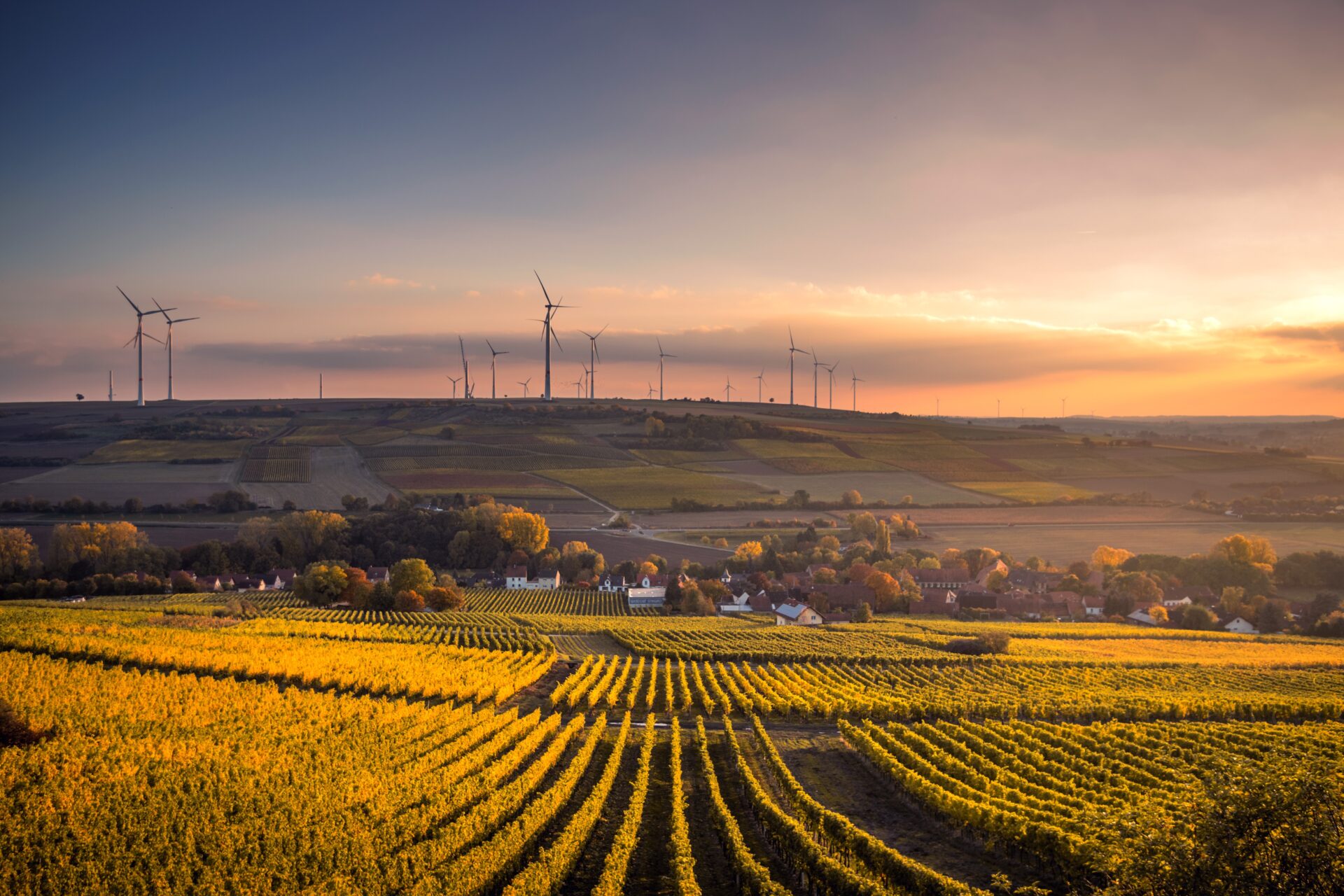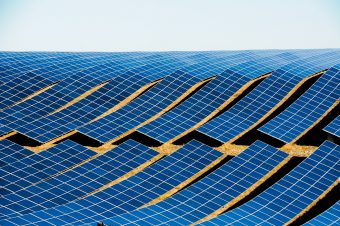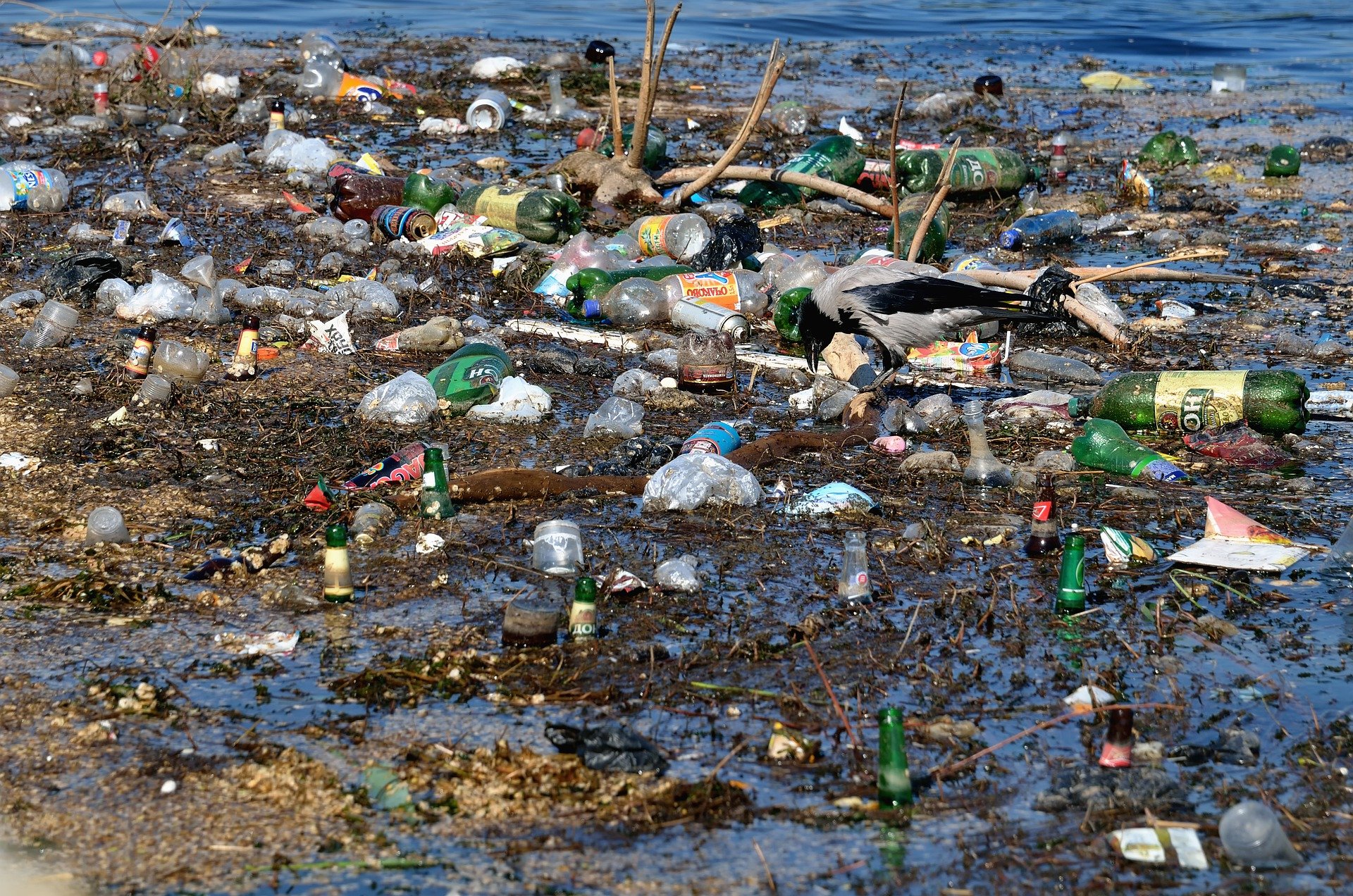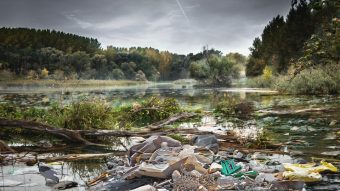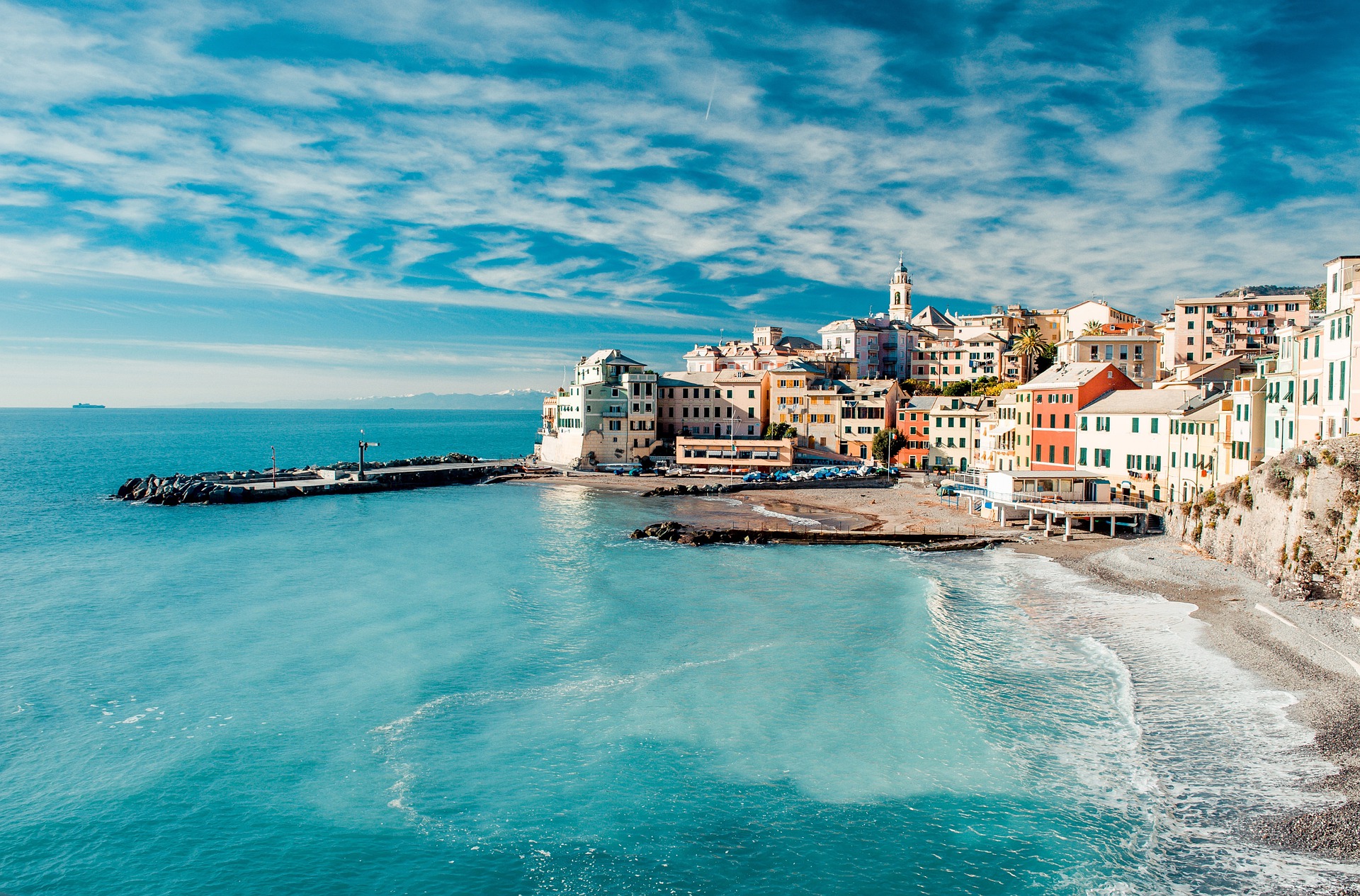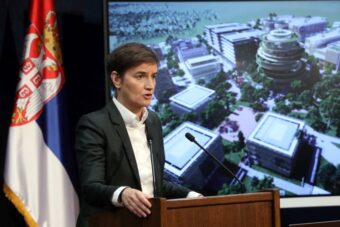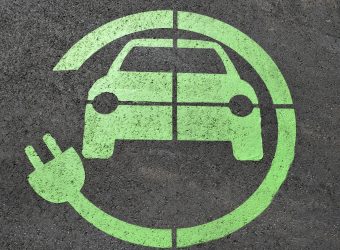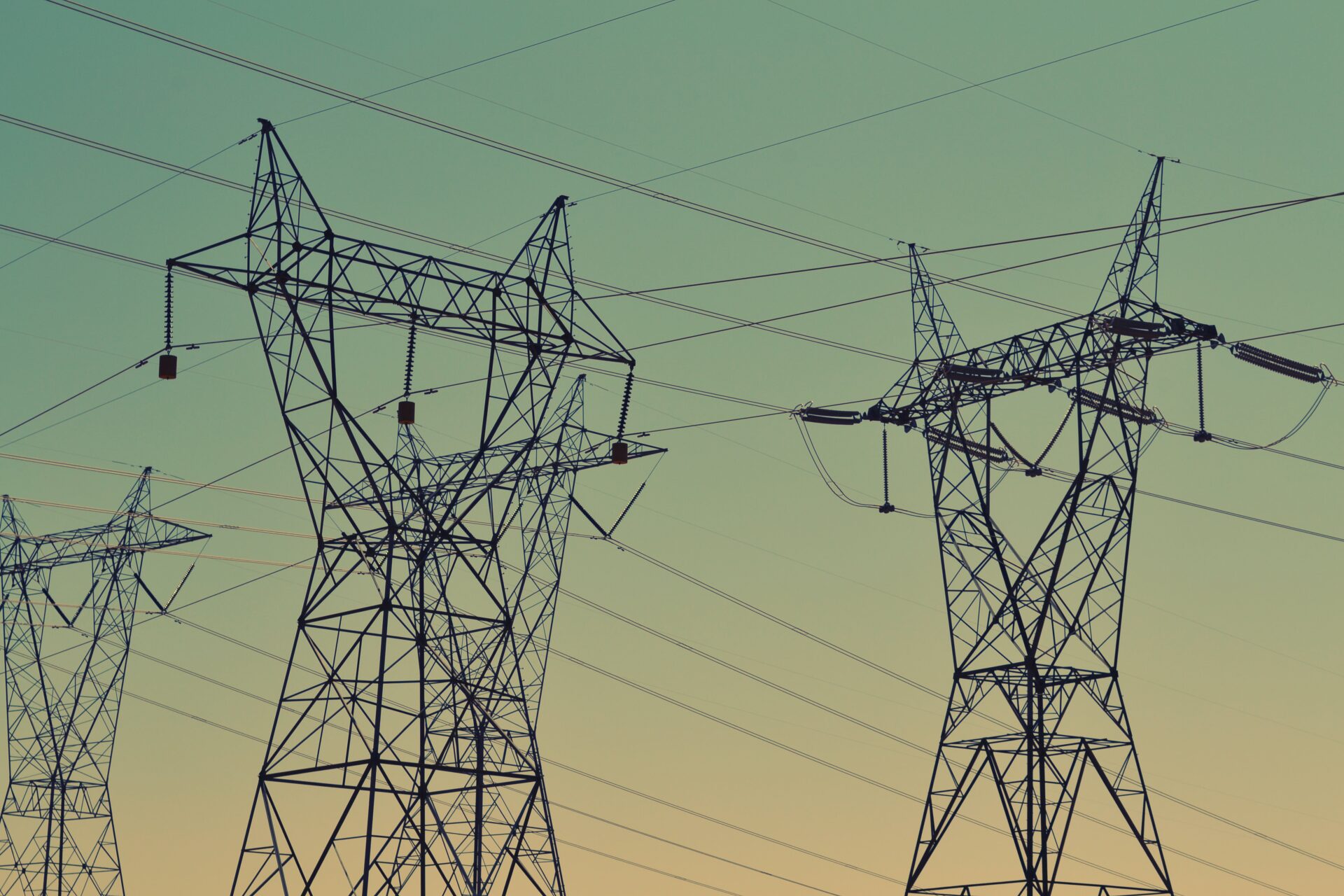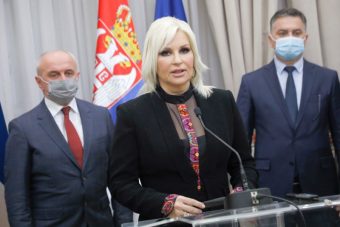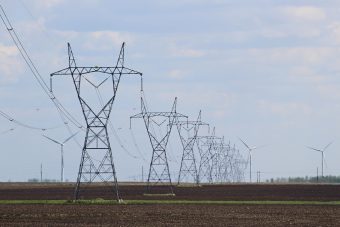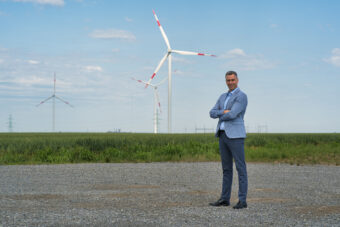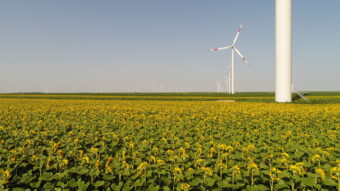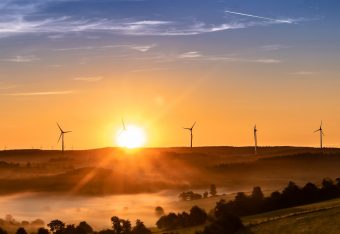
Deputy Prime Minister of Serbia and Minister of Mining and Energy, Zorana Mihajlovic, said today that those who fought for nothing to change in Serbian energy sector and for it to remain closed, have put Serbia in a position where today it depends on one supplier.
“Having only one supplier, no matter who it is, is the biggest mistake for any economy, let alone for small economies when it comes to energy security. It is not the first time that they have attacked my knowledge and work because I tell the truth about Serbia’s gas security and because I point out the possibilities for the development of Serbian energy. For those who wanted to close Serbia, attack is always the best defense. But let’s wait for September of next year and for the gas pipeline to be completed, and I believe that we will have a contract with Azerbaijan much earlier”, said Mihajlovic, answering questions from journalists while visiting the construction site of Serbia-Bulgaria gas interconnection.
More:
When she was asked about the attacks in media because of Nis-Dimitrovgrad project, she stated that as long as the gas interconnection project exists, there have been stories about how Serbia cannot get gas in that direction, that there is not enough of it or that we do not need it.
“The gas we receive from the Russian Federation is not disputed, but due to the economy of Serbia and the citizens who use gas, we have to be safe, and that means having other suppliers. I believe that we will build other interconnections, with Bosnia and Herzegovina, North Macedonia, we are thinking about interconnection with Croatia, because only a region connected by gas pipelines can be energy safe”, she said.
She added that she expects Serbia to have sufficient quantities of gas for this winter through the contract with “Gazprom”, in warehouses in Hungary and from the Serbian part of the warehouse in Banatski Dvor, but that it is important to build not only new interconnections, but also new warehouses. “The plan is to build a new warehouse that will only be owned by Serbia, in Itebej or at another location, whose capacity would be one billion cubic meters, and the value of the investment is estimated at around 200 million euros,” said Mihajlovic.
She also stated that she hopes that the countries through which Serbia is supplied, primarily Bulgaria and Hungary, will respect their contractual obligations, but that the country also has prepared crisis plans in case of unforeseen situations.
Source: Ministry of energy and mining


